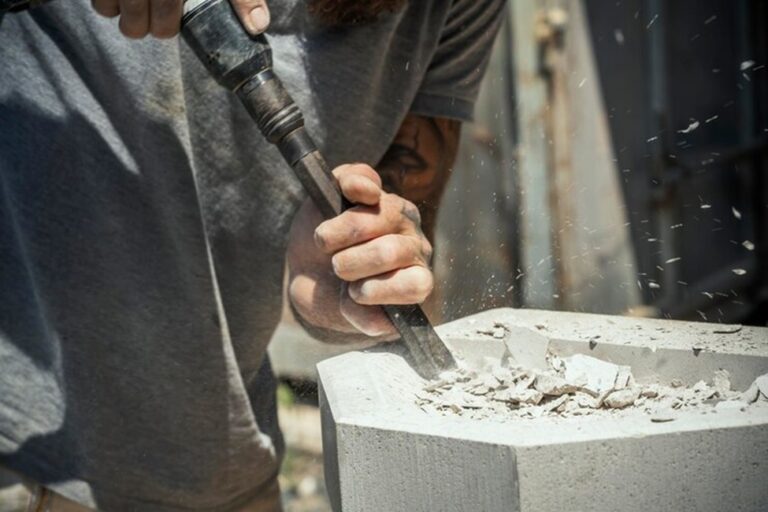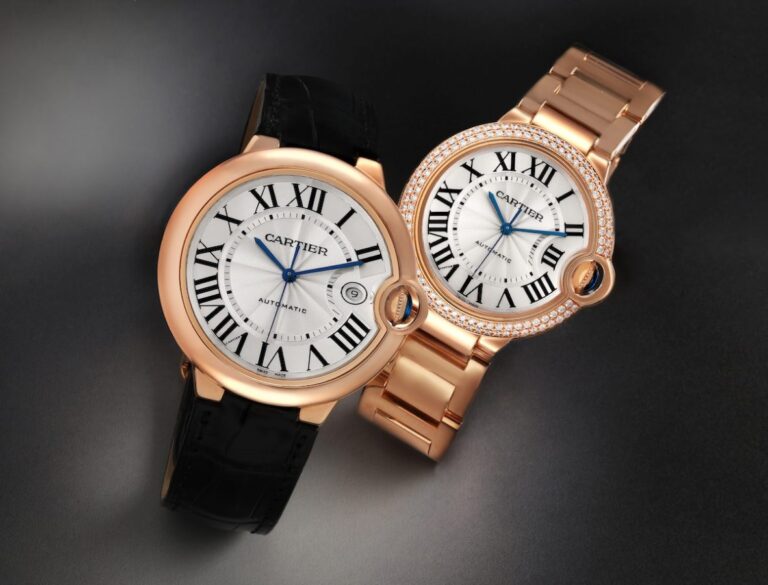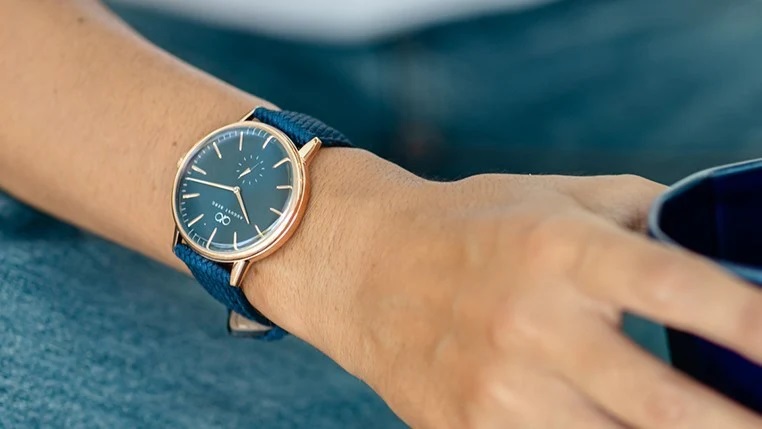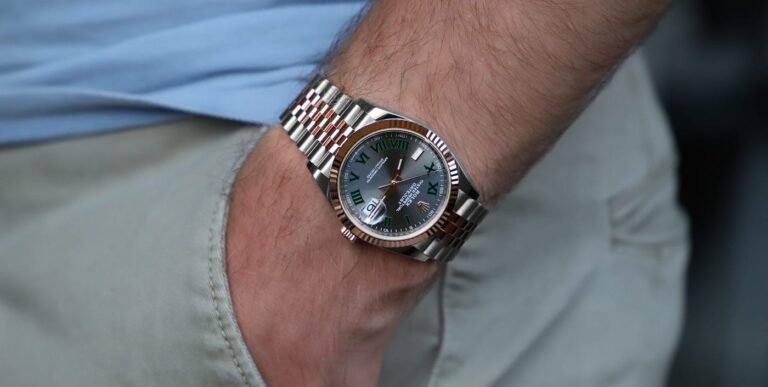Regarding the beautiful and natural breastfeeding process, it’s not always smooth sailing. Mastitis, a painful condition that affects many nursing mothers, can make the experience feel like an uphill battle. But fear not because this article is here to help you navigate the challenges of mastitis and find relief.
Mastitis occurs when the breast tissue becomes inflamed or infected, causing symptoms such as breast pain, swelling, and redness. It can leave moms feeling exhausted, discouraged, and even questioning their ability to continue breastfeeding. But rest assured, you are not alone in this journey.
This article will explore the causes, symptoms, treatment options for mastitis, and helpful tips to prevent future occurrences. We’ll cover it all, from home remedies to medical interventions, ensuring you have the knowledge and support necessary to overcome this hurdle.
Remember, breastfeeding is a personal choice, and it’s essential to prioritize your well-being. By understanding mastitis and the tools available to manage it, you can make informed decisions and continue to nourish and bond with your baby in the best way for you. Let’s embark on this journey together and conquer mastitis once and for all.
What Is Mastitis?
Mastitis is a condition that occurs when the breast tissue becomes inflamed or infected. The most common cause of mastitis is a bacterial infection, often from bacteria that enter the breast through a cracked or sore nipple. This infection can cause the breast tissue to become red, swollen, and painful. In some cases, it can also lead to flu-like symptoms, such as fever and chills.
It’s important to note that mastitis can affect anyone who is breastfeeding, regardless of their level of experience or knowledge. It can occur anytime during breastfeeding, from the early weeks to months or even years into breastfeeding. The good news is that mastitis is treatable, and with the proper care, most mothers can continue to breastfeed while recovering.
Causes Of Mastitis
Mastitis can have several causes, the most common being a bacterial infection. This infection often occurs when bacteria from the baby’s mouth or the mother’s skin enter the breast tissue through a cracked or sore nipple. Other causes of mastitis can include blocked milk ducts, engorgement, or a decrease in milk flow. Addressing these underlying issues is essential to prevent mastitis from occurring or recurring.
In some cases, mastitis can be caused by milk stasis, when milk is not drained correctly from the breast. This can occur if the baby is not breastfeeding effectively or if there are issues with the milk supply. Addressing any breastfeeding challenges early on is essential to reducing the risk of developing mastitis.
Symptoms Of Mastitis
Recognizing the symptoms of mastitis is crucial for early detection and prompt treatment. The most common symptoms of mastitis include breast pain, swelling, and redness. The affected breast may feel warm to the touch, and there may be a localized area of hardness or a lump. Some mothers also experience flu-like symptoms, such as fever, chills, fatigue, and body aches.
It’s important to note that not all symptoms may be present, and they can vary from person to person. Some mothers may experience mild symptoms, while others may have more severe symptoms. If you suspect that you may have mastitis, it’s essential to reach out to a healthcare professional for an accurate diagnosis and appropriate treatment.
Risk Factors For Mastitis
While mastitis can occur in any breastfeeding mother, certain factors can increase the risk. These include:
- Cracked or sore nipples: Damaged nipples can provide an entry point for bacteria, increasing the risk of infection.
- Engorgement: When the breasts become overly full and swollen, milk ducts can become blocked, leading to mastitis.
- Poor breastfeeding technique: Improper latching or positioning can prevent the breast from being properly drained, increasing the risk of mastitis.
- Infrequent or missed feedings: When milk is not regularly and effectively removed from the breasts, it can lead to milk stasis and increase the risk of mastitis.
- Stress and fatigue: A weakened immune system due to stress and fatigue can make breastfeeding mothers more susceptible to infections, including mastitis.
By being aware of these risk factors, you can take steps to minimize the likelihood of developing mastitis.
Treatment Options For Mastitis
Treating mastitis often involves a combination of home remedies and medical interventions. The first line of treatment is to address the underlying cause, such as improving breastfeeding techniques or ensuring proper milk removal. Here are some standard treatment options for mastitis:
- Continued breastfeeding: Contrary to popular belief, continuing to breastfeed is essential for resolving mastitis. Breastfeeding helps to drain the affected breast and can help clear the infection. It’s critical to ensure proper latch and positioning to prevent further damage to the nipple.
- Frequent milk removal: Emptying the affected breast frequently is essential to prevent milk stasis and promote healing. This can be done through breastfeeding, pumping, or hand expression. Applying warm compresses or taking a warm shower before milk removal can also help with milk flow.
- Pain relief: Over-the-counter pain relievers like ibuprofen can help alleviate breast pain and reduce inflammation. It’s essential to consult with a healthcare professional before taking any medication while breastfeeding.
- Antibiotics: In cases where the infection is severe or does not respond to home remedies, antibiotics may be prescribed. These medications can help clear the infection and relieve symptoms. It’s essential to take the entire course of antibiotics as prescribed, even if symptoms improve.
Prevention Strategies For Mastitis
While mastitis can be challenging, you can take steps to prevent its occurrence. Here are some prevention strategies to consider:
- Proper latch and positioning: Ensuring a proper latch and positioning can help promote effective milk removal and reduce the risk of blocked milk ducts.
- Regular and frequent breastfeeding: Breastfeeding on demand and avoiding long gaps between feedings can help prevent milk stasis and engorgement.
- Addressing breastfeeding issues early: Seeking help from a lactation consultant or healthcare professional at the first sign of breastfeeding difficulties can help prevent mastitis and other complications.
- Taking care of yourself: Prioritizing self-care, getting enough rest, and managing stress can help support your immune system and reduce the risk of mastitis.
By incorporating these prevention strategies into your breastfeeding journey, you can minimize the risk of developing mastitis and enjoy a smoother experience.
Breastfeeding Positions To Alleviate Mastitis Pain
Finding the correct breastfeeding positions can help alleviate the pain and discomfort associated with mastitis. Here are a few positions to try:
- Football hold: This position involves tucking the baby under your arm, with their body and legs extended towards your side. This position can help avoid putting pressure on the affected breast.
- Side-lying position: Lying with the baby facing you can help relieve pressure on the affected breast. Place a pillow or rolled-up towel under your head for support.
- Laid-back breastfeeding: In this position, recline slightly and allow the baby to lie on top of you, with their head near your breast. This position can help the baby control the milk flow and prevent engorgement.
Remember, finding the correct position may require some trial and error. It’s essential to listen to your body and adjust to find the most comfortable position for you and your baby.
When To Seek Medical Help For Mastitis
While most cases of mastitis can be managed at home, there are situations where medical help should be sought. It’s essential to contact a healthcare professional if:
- Symptoms worsen or do not improve within 24 to 48 hours of home remedies.
- The affected breast becomes increasingly red, swollen, or painful.
- You develop flu-like symptoms like fever, chills, or body aches.
- There is pus or blood in your breast milk.
- You are experiencing severe pain or difficulty breastfeeding.
Healthcare professionals at Level One Urgent Care can properly diagnose mastitis, prescribe appropriate treatment, and address any underlying issues contributing to it.
Conclusion
Navigating the challenges of mastitis can be overwhelming, but with the proper knowledge and support, you can find relief and continue to enjoy the benefits of breastfeeding. Understanding the causes, symptoms, and treatment options for mastitis and implementing prevention strategies can minimize the risk of developing this condition. Remember, breastfeeding is a personal journey, and it’s essential to prioritize your well-being. With the right tools and support, you can overcome mastitis and continue to nourish and bond with your baby. You are not alone in this journey; together, we can conquer mastitis once and for all.





